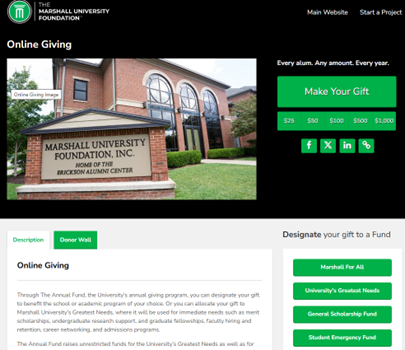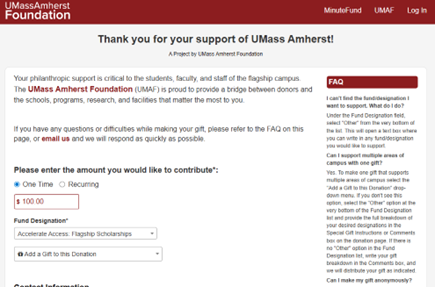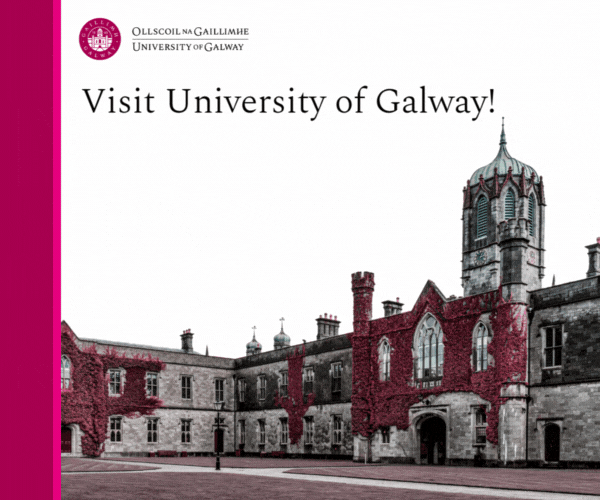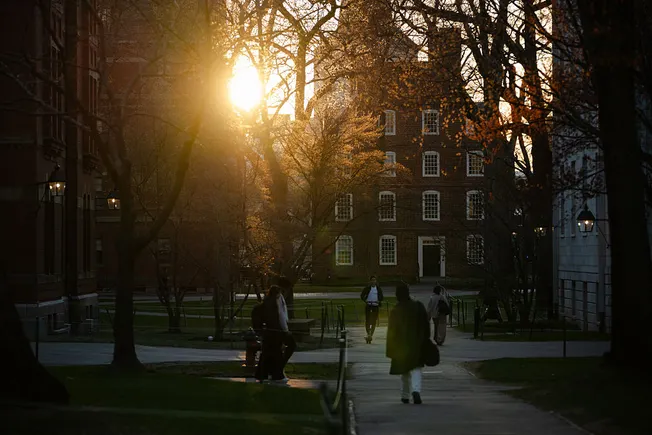Higher ed doesn’t need just another conference. It needs transformation.
Legacy strategies are cracking under demographic pressure. AI is rewriting how students search and the Modern Learner is calling the shots. Institutions that cling to “what’s always worked” are watching the ground shift under their feet.
InsightsEDU 2026 is built for leaders who are done settling. Presidents, marketers and enrollment teams who know reputation and revenue can’t live in separate silos anymore—and who are ready to align both around the needs of today’s learners.
From February 17–19, 2026 in Fort Lauderdale, you’ll hear from university leaders, higher ed innovators and Modern Learner experts who are actively rebuilding how institutions compete, communicate and grow. More than 40 sessions will dig into real playbooks, not theory—unifying brand and enrollment, elevating student experience and turning AI disruption into advantage.
Here’s a preview of a few of the voices taking the stage and how they’re already reshaping what’s possible.
The Leaders Rewriting Higher Ed’s Playbook
Gregory Clayton
President of Enrollment Management Services at EducationDynamics
With over 30 years of experience in the higher education space, Greg brings valuable expertise in enrollment management and performance marketing. As President of Enrollment Management Services at EducationDynamics, he leads a comprehensive team offering agency marketing, enrollment services, strategic consulting, and research, all tailored to the higher ed sector. His leadership and career position him as a visionary strategist, equipped to offer insightful commentary on the higher education landscape and enrollment solutions. Join his session to learn more about how to better serve the Modern Learner and implement strategies that drive institutional success.
Session: Opening Session: From Framework to Action

Amanda Serafin
Associate Vice President of Enrollment at Indiana Wesleyan University
With more than twenty years in higher education enrollment, Amanda serves as the Associate Vice President of Enrollment at Indiana Wesleyan University, where she leads strategic initiatives and a high-performing team supporting IWU’s National & Global programs.
At InsightsEDU, Amanda joins EducationDynamics’ Vice President of Enrollment Management Consulting to unpack three years of competitive research—revealing what secret shopping uncovered about competitor strategies, the depth and quality of student nurturing across the market and how IWU leveraged those insights to strengthen enrollment outcomes.
Session: Mystery Shopping 2.0

Alex Minot
Client Partner Lead at Snapchat
As Client Partner Lead at Snapchat, Alex helps higher ed institutions and nonprofits modernize their marketing through full-funnel strategies built for Gen Z and Millennial audiences. With experience spanning Snapchat, Reddit, Facebook and Google, he brings a deep understanding of how today’s learners discover, evaluate, and choose their next step.
At InsightsEDU 2026, Alex will break down why traditional enrollment marketing no longer works—and what it takes to earn trust in a world where Gen Z is curating their own narratives. Joined by EducationDynamics’ Senior Social Media Strategist, Jennifer Ravey, he’ll explore how to design a content ecosystem that creates belonging, builds confidence and inspires advocacy from first touch to final decision..
Session: From Awareness to Advocacy: Designing a Full-Funnel Strategy for Gen Z Engagement
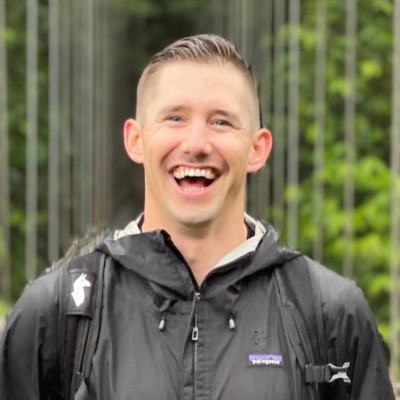
Chris Marpo
Head of Education Partnerships at Reddit
As Head of Education Partnerships at Reddit, Chris leads the charge in building high-impact collaborations with higher ed institutions and agencies. At InsightsEDU 2026, he’ll share how Reddit’s unique communities—and the behaviors driving them—are reshaping the way universities reach and influence the Modern Learner.
Drawing on his experience helping scale advertising businesses at LinkedIn, Pinterest and Quora, Chris brings a sharp understanding of the digital landscape and what truly resonates with today’s audiences. Attendees can expect actionable insights on how institutions can meet prospective students where they are and stay relevant in an era of rapid change.
Session: From Keywords to Conversations: Winning Student Mindshare in the Age of AI Search
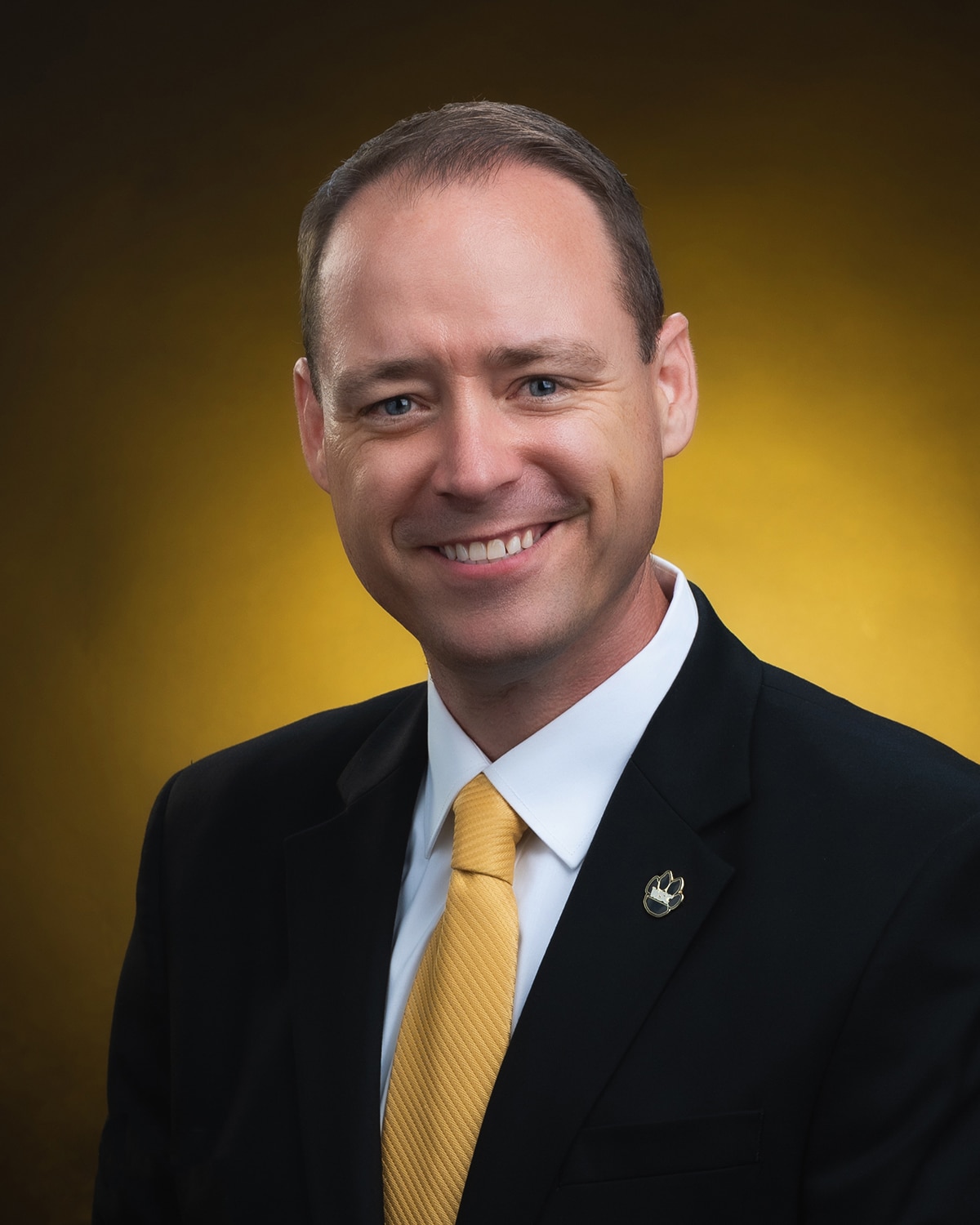
Kevin Halle
VP of Enrollment at Wayne State College
With more than a decade of experience leading undergraduate, transfer, graduate, and financial aid teams, Kevin brings a deep understanding of how to build enrollment pipelines that serve diverse learner groups.
At InsightsEDU, he’ll unpack what it takes to break down the silos separating traditional, graduate and adult learner strategies and how institutions can create one unified approach that works for all students.
Session: Unifying Your Enrollment: Building a Cohesive Strategy for the Modern Learner

Katie Tomlinson
Senior Director of Analytics and Business Intelligence at EducationDynamics
Prepare to unlock insights with Katie Tomlinson. As the Senior Director of Analytics and Business Intelligence, Katie expertly manages data and reporting, uncovering key trends to support EducationDynamics in delivering data-driven solutions for the higher ed community. Learn from her as she discusses findings from EducationDynamics’ latest report, where attendees will gain a deeper understanding of the evolving learning environment and the significant factors that influence Modern Learners’ educational choices.
Session: Opening Session: From Framework to Action

Matt Loonam
Lead Enterprise Account Executive, Education at LinkedIn
With 20 years in digital media across programmatic, video, mobile and social, Matt has spent the last six years helping colleges and universities strengthen their brands and drive enrollment with more precise, student-centric outreach. At InsightsEDU, he will share how LinkedIn’s rich audience signals can help institutions reach career-focused prospects who are closer to a decision, while building the kind of trust that moves students to choose their school.
Session: How to Win High Intent Students on LinkedIn

Leila Ertel
Vice President of Marketing at Rocky Mountain College of Art + Design
As Vice President of Marketing at Rocky Mountain College of Art + Design, Leila brings a bold, data-informed approach that helps more students uncover their creative potential and pursue rewarding careers. Attend her InsightsEDU session to see how your institution’s website can move from overlooked asset to true engine of enrollment growth.
Session: The Evolution of Website Marketing
The voices shaping InsightsEDU continue to grow. Check out the full speaker lineup and new additions on our speakers page.
Be In the Room Where Higher Ed Resets
InsightsEDU is where presidents, marketers and enrollment leaders pressure test old assumptions and build new playbooks around the Modern Learner. Over three days you’ll connect with peers who are aligning brand and enrollment, experimenting with AI and digital and proving that you don’t have to choose between revenue and reputation to achieve institutional success.
Don’t watch the next era of higher education happen from the sidelines. Get a front-row seat. Register for InsightsEDU 2026 today.




